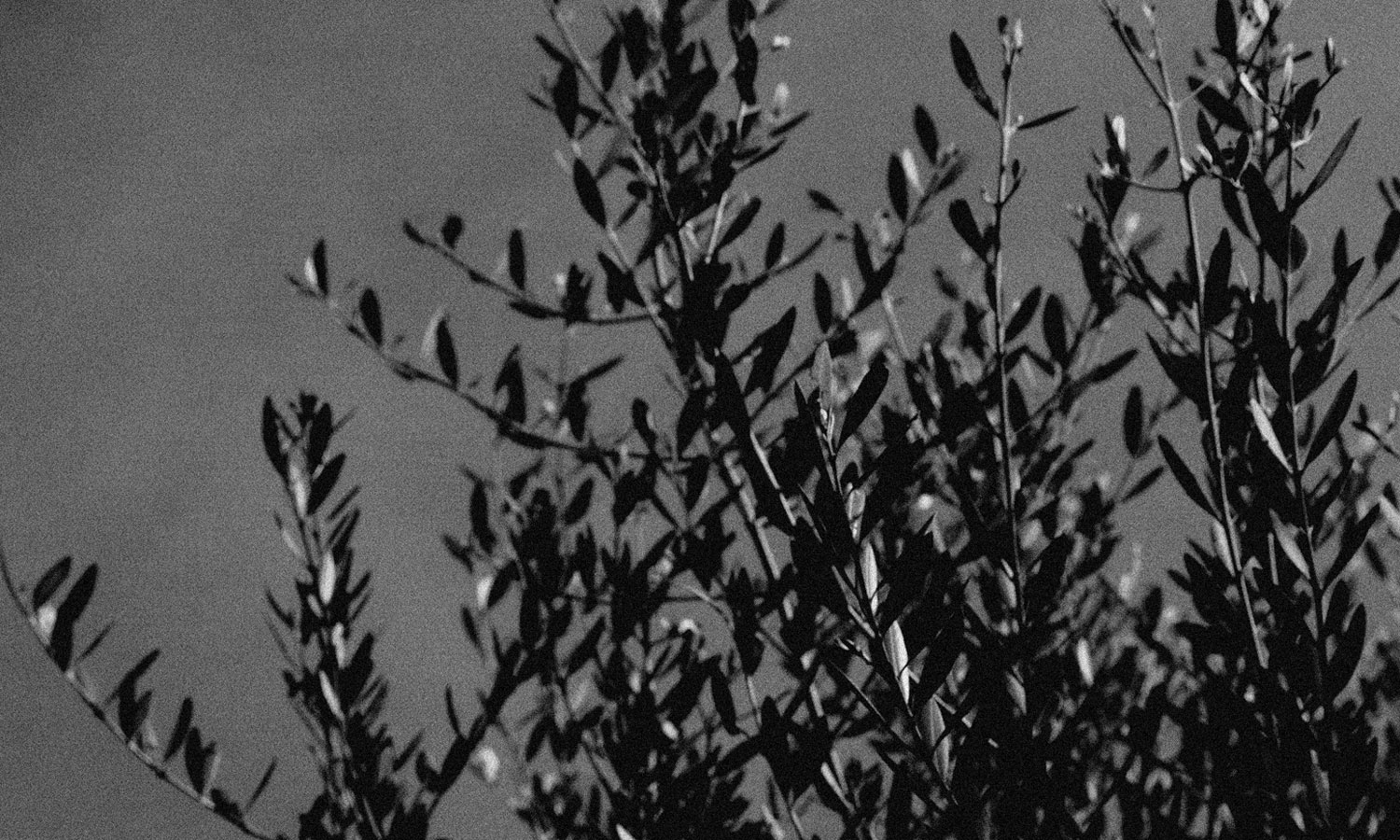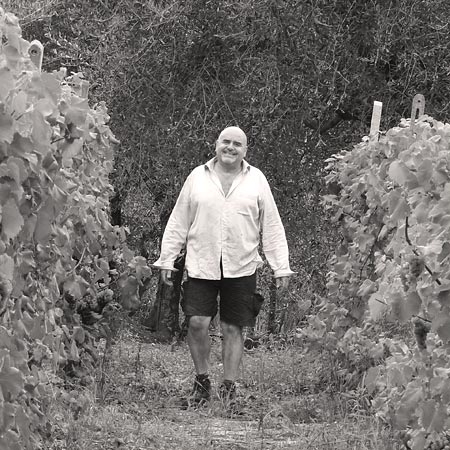

ELOGIO DELLA FOLLIA
di Bruno Francesco Sacone
To produce or, rather, to create a marvel from Nature thanks to Man's effort can, in some cases, be considered as one of the follies that Life holds for us. Folly in the enjoyment of the end result, folly in the passion to find the best "accord between Man and Nature", folly in the physical and financial effort involved.
Quantity and quality have always been friends and enemies due to both the intrinsic characteristics of Mother Nature and to our participation that must achieve the right balance between technology and real craftsmanship, between scientific elements and passion.
Extra virgin olive oil may be the result of this folly, the result of this balance between ever-changing Nature and Man's approach to perfection. If gold green nectar is a gift from God to his children, the extra virgin olive oil produced by the Sacone family with such a joyful effort, is a gift reserved to the most beautiful among his children; a gift ever received in limited quantity upon request from their olive trees.
Treasure map takes to the olive tree grove through the struggle of working it with love.
In a place called Perti, on a ridge of about two acres of mainly stony, calcareous and permeable red and white soils, the Sacone family traditionally tends to its ancient olive trees. The trees (for the most part, Taggiasca cultivar averaging a century in age) number three hundred and sixty, but there are also a few young trees that are tended to as if ther were children. The family love and cherishes its olive trees, as can be seen from how it oversees their pruning; how it has chosen to fertilize the land organically with copper sulphate derived from leaves, how it hand-picks the olives at harvest time , from mid-October to mid- November, strictly from tree to tree without ever leaving the netting on the ground and using them plant by plant . The freshly-picked olives are then immediately transported in small containers to the oil mill, located in a wing of the ancient house, which presses within a few hours (usually between 6 and 8). The old "villa" has changed thanks to the effort of Giuseppe Sacone, who has devoted a lot of passion to his land up to the end of his job . The oil is obtained by cold-dripping with technological methods and handcrafted care and then rapidly transferred into 0,75-liter bottles, a portion of which is destined for family consumption , whereas the remainder goes to a small circle of friends and people “in the know”. The bottles (like the original boxes) are designed by (Paolo Varratta), ra well-known designer based in Genoa and bear an elegant label that has been silk-screened directly onto the glass.
As far as organoleptic characteristics are concerned, Cultivar Taggiasca oil, which comes from the olives that the Sacone family picks in Perti, is predominantly yellow-green in colour (the green tone depends both on the years that bring more or less chlorophyll and on the time of crop that starts at the first ripening of small olives, obviously also from cultivar). The nectar is fruity with the scent of pine and green almond, with a sweet and very delicate taste, a slightly-bitter note and a spicy scent that can be appreciated in the aftertaste.
Now we explain how to match the result of such love with our region's culinary culture. The lightness and delicacy make this oil ideal with fresh fish of the Ligurian cuisine cooked on grill or simply boiled in water, salt and lemon, such as “bianchetti” or “rossetti”. This oil expresses all its fragrance as a decorative touch in a good Ligurian vegetable soup , preferably hot, so that the heat extracts from oil its excellent bouquet, but also cold because it intensifies the flavor of the vegetables in the mouth and it best mixes vegetables with pasta in order to make a delicate cream. Useless to say that a great combination is with typical Ligurian raw-vegetables dishes, such as oil dips or mixed salads. In order to appreciate the fullness of the oil's flavor, you can taste it on a slice of homemade bread, still warm or warmed on grill or in toaster, and then in many other ways, as suggested by the imagination ... "ça va sans dir” that "the best brother of our pesto sauce” is for sure this oil put at the end of preparation just to give to sauce the virtues of long-term storage.
We suggest the you keep extra virgin olive oil in these artistic bottles to avoid light, which tends to increase the deterioration (the bottles are dark, due to the colour chosen for the glass; therefore, the oil is barely seen, similar to the feeling when walking through the olive tree grove in full moon nights) . The nectar day by day and month by month will evolve as all natural productions, changing and modifying its organoleptic characteristics that at beginning of next vintage will tend to disappear, giving way to oxidation from aging due to the biological purity of the product ( if for wine first aging is a healthy improvement, for oil the freshness is a key to its best use). In order to extend the precious olfactory characteristics oil must be stored in dry rooms at medium temperature, always away from light and heat, and possibly in a single container well closed. Do not store oil in areas where there might be any kind of scents or fragrances, as oil immediately absorbs any surrounding odour, just as a sponge does with water or wine does when stored in cellars.
The best quality of this product is due to constant and current effort, but its origin is in the past. If ancient Sacone's family is present in Finale for many centuries (first traces date back to the official census in 1386) its wine and olive oil production owe the goal achievement of quality on quantity to the end of the last century and the beginning of the current one.
For centuries, the goodness of this product is well known and the forced deprivation of proper attribution of the same to the farmer involved has caused discontents and even revolts. Back in 1558 the Marquis Alfonso II del Carretto ruled his precious land as a proud and reckless men; instead of enjoying his lands and their fruits he showed his arrogance in deciding to impose to farmers (as a tax) the delivery of oil pomace after the first pressing; at that time oil mills (who used human or animal power) were forced to use poles no longer than one meter to spin the millstone.
The Marquis imposed as tax the delivery of oil pomace because he wanted to press it again in its own mills. With only one meter of pole available, the farmer was forced to deliver an oil pomace still fresh gaining a very little amount and leaving to Marquis a very big quantity. The result of theft of such precious good considered as essential food and almost a medicine, caused an insurrection whose consequences were the surrender of del Carretto's family who left his lands to the powerful Spain. In this manner, it was punished the crime of taking the green wealth to whom produced it with love.
But where can the result of this folly be found? Just be guided by www.sacone.it site or if you prefer come to Perti for a visit : give us a call in advance and we'll welcome youwith a cup of coffee or a slice of cake or a glass of our excellent wine, ready to enjoy a conversation about our land's culture, hystory and art.
Back
